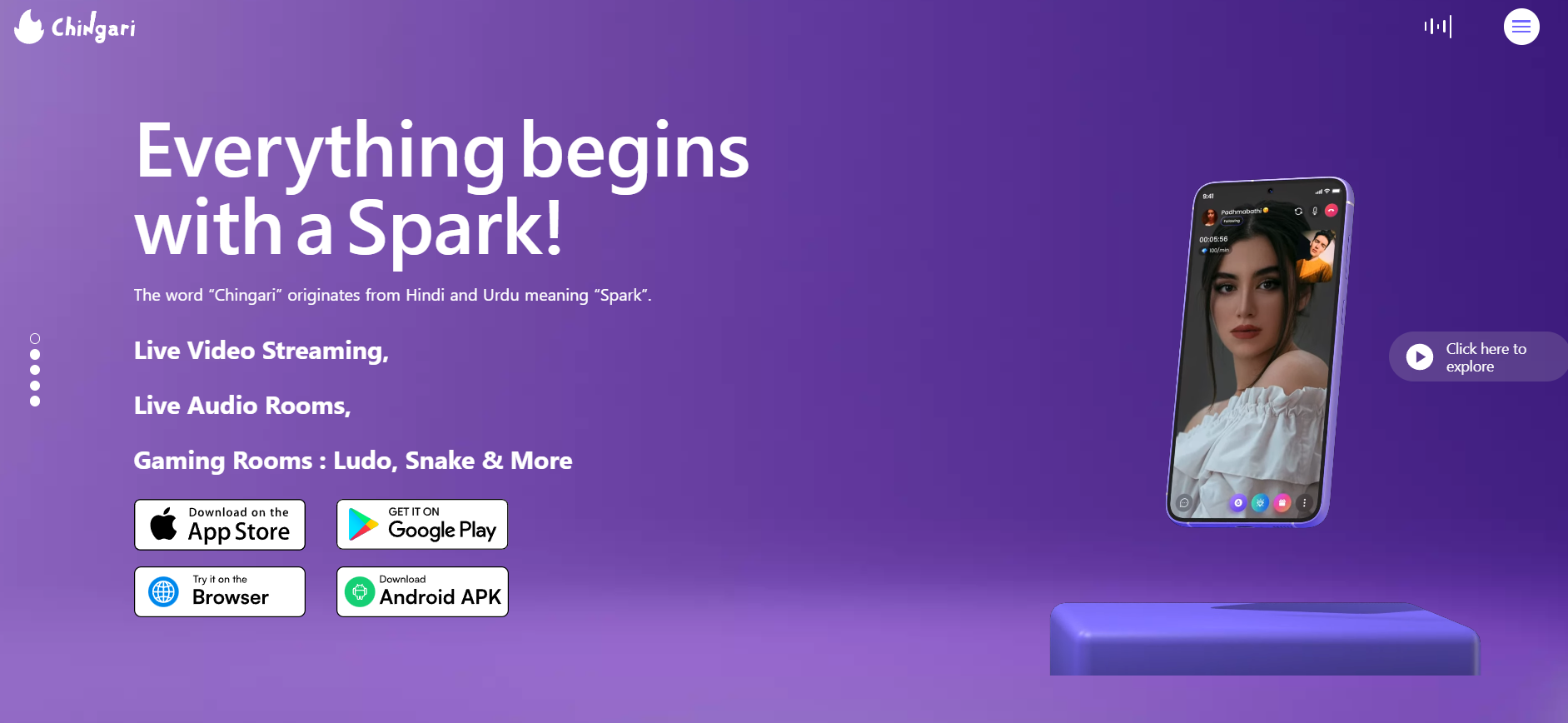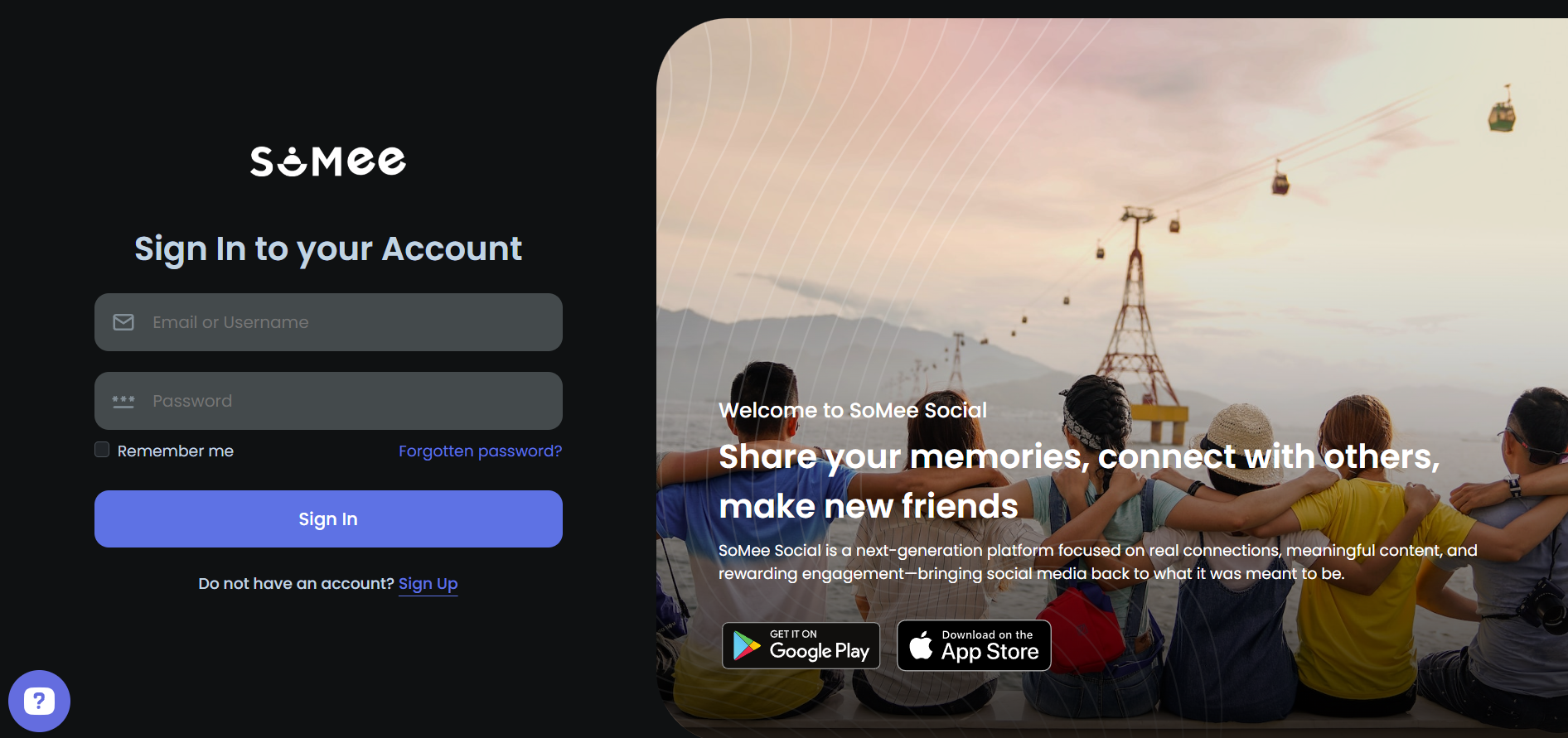Get insights.
Unlock value.
- 14-day free trial
- Set up in minutes
- No credit card required
3 Seamless Web3 Alternatives For Instagram
Are you looking for an Instagram alternative?
Instagram is a social app for sharing photos and videos. It has gained wide popularity in the last decade. Given its increased user base, more users are using Instagram for personal & business purposes.
The advent of Web3 technology has led to the search for a Web3 Instagram alternative. Web3 enthusiasts are looking for a decentralized social media platform for sharing photos and videos, like Instagram. They want an Instagram alternative with a democratic governance model and a dire need for privacy and security.
The Web3 community wanted an Instagram alternative supporting crypto monetization, i.e., their contributions to be rewarded.
Most importantly, they want their posts to be censorship-resistant.
Learn more about the need for a decentralized social media alternative.
Finding a Web3 alternative that is 100% similar to Instagram can be a bit tricky. Therefore, I have listed the alternatives that most resemble Instagram and are much closer to the experience Instagram offers.
- Diamond
- Chingari
- SoMee
Each of the above platforms will be discussed in the following sections. Let’s start.
Tool | Notable Features | Best For | Cons |
Diamond | Fully decentralized; uses DeSo blockchain; supports photos, videos, NFTs; crypto monetization via creator coins | Users wanting full decentralization, privacy, and content monetization | Small user base; Appeals mostly to niche Web3 audience |
Chingari | Video-only sharing; multilingual support (20+ languages); crypto rewards via GARI token; moved from Solana to Aptos blockchain | Regional/global users preferring short video content and crypto earning | Challenges with user safety; occasional glitches and performance issues |
SoMee | Photo and video sharing; hosted on Hive blockchain; combines NFT, DeFi, and social media; affiliate program support | Users seeking decentralized Instagram-like experience with financial rewards | Barrier to entry due to blockchain/crypto complexity; Smaller user base than Instagram |
Diamond
Like Instagram, Diamond supports the posting & sharing of photos & videos. Diamond proves to be a very good Web3 alternative for Instagram.
This Web3 native social media company was developed by its parent company, Diamond Labs Inc., a subsidiary of the BlockChain venture capital firm Consensys Ventures LLC.
Web3 advocates are completely against centralized systems, where the control rests with the application's creator. On the contrary, Diamond is fully open source and has no centralized authority controlling it. This makes Diamond a favorite choice for Web3 enthusiasts looking for an Instagram alternative.
In a Decentralized system like Diamond, the data is stored on the BlockChain. The data is distributed across different nodes on the internet.
Diamond uses “DeSo” BlockChain to host all its content. DeSo is a Layer 1 BlockChain built from the bottom up.
With Web3 applications, users control their privacy and data entirely. They can also monetize their content on the platform.
With Diamond, each contribution like viewing, posting, sharing & commenting to the platform is rewarded. Creator coins are provided for each user on the network. The users can buy, sell & hold creator coins for various profiles. This monetization system provides an avenue to invest in content creators. The “likes” for posts on Diamond convert into actual currency.
Just like Instagram, Diamond is also filled with social feed posts that show popular posts and posts from the creator one follows. There is an option to provide a bio & send direct messages to other users.
This platform supports minting posts as NFTs and converting them to digital collectibles.
All these are made possible by the initiative of its Founder, Nader Al-Naji.

Pros
- Reducing reliance on central authority, with more privacy and security.
- This platform incentivizes active participation through token rewards.
Cons
- It faces challenges in acquiring a critical mass of users in this initial phase.
- This platform limits its appeal to a niche Web3 audience.
Chingari
Although Chingari is considered a Web3 Instagram alternative, it supports posting videos only and not photos.
The word Chingari is a Hindi word that means Spark. Chingari is an Indian Startup. It was founded in the year 2018. It was founded by 4 people: Sumit Ghosh, Biswatma Nayakm (a mechanical engineer turned programmer), Deepak Salvi (a media veteran) & Adithya Kothari.
This DApp was launched as a regional social media. Although founded in 2018, it gained significant traction only in 2020, after the Indian government banned TikTok. This platform supports 20 languages and also serves the global community.
Contributions to the platform are rewarded. Users earn in Crypto with the system’s proprietary GARI token, earning daily for their contributions. This reward system is also a significant reason for its user adoption.
The videos hosted on Chingari have a total view of 1.6 billion. In 2022, the platform saw an increase of 175 million users, most of whom were from India.
This platform was awarded the top social networking application in India. Subscription fees also contributed to the platform's revenue rise.
Although the platform was initially created on Solana, it recently moved to Aptos, its preferred Layer-1 BlockChain. This platform’s app is available for both iOS & Android users.

Pros
- It supports multiple regional languages, making it accessible to diverse audiences.
- High-quality content production is a result of its reliable reward system.
Cons
- Ensuring a safe and positive environment for all users still remains a challenge.
- Cases of users report occasional glitches, slower loading time, and subpar user experience.
SoMee
SoMee also provides a decentralized way of accessing social media. This platform adheres to all ethos belonging to decentralized implementation. It supports both photo and video sharing, just like Instagram.
The SoMee data is hosted through the Hive BlockChain. Like other decentralized platforms, the control over data rests with the user instead of the creator. SoMee has a huge and vibrant community of users. The platform offers the expected privacy. It also supports freedom of expression by being completely censorship-resistant.
SoMee has a dollar button on the feed page. This button reveals all the earnings information. This button is very convenient and can be managed with secure Web3 Wallets. The platform has a very good user interface with seamless interactivity.
Just like any other social media platform, it supports instant messaging. Each user has a private inbox for safe chatting.
This platform also offers an affiliate program, another means of earning for the users.
SoMee combines both the NFT and DeFi features with enhanced user experience.
The company was founded by Christopher J Kramer and is headquartered in Delaware, United States.

Pros
- Active participation and content creation provide a new revenue stream for users.
- Offers transparency & control that is not possible in centralized social media like Instagram.
Cons
- Lacking knowledge of BlockChain & cryptocurrency handling can be a barrier to entry.
- It may not have the same level of user base & user engagement as that of Instagram
To Conclude
The 4 decentralized Instagram alternatives discussed here should give you a flavor of the Web3 version of Instagram. Although not an exact replica of Instagram, these alternatives have attempted to create a Web3 version of Instagram.
Spend some time on these Web3 alternatives. If you are a Web3 enthusiast, they will certainly be helpful to you. Feel free to provide your honest feedback on these alternatives. Let us know if you think any critical Web3 Instagram alternative is missing from this blog. We can consider adding it.
You can contact us at [email protected].
Looking for a secure, privacy-first tool beyond socials? Try BlockSurvey today and take control of your data!
3 Seamless Web3 Alternatives For Instagram FAQ
How do these Web3 alternatives differ from Instagram?
These platforms are decentralized, meaning they are not controlled by a single entity like Instagram. They also typically prioritize user privacy and data ownership.
Can I still share photos and videos on these Web3 alternatives?
Yes, you can still share photos and videos on these platforms.
Are there any benefits to using Web3 alternatives over Instagram?
Some benefits include increased privacy, data ownership, and the ability to earn cryptocurrency for engaging with the platform.
Are these Web3 alternatives user-friendly?
While they may have a learning curve for those used to traditional social media platforms, many users find them to be intuitive and easy to use.
Get insights.
Unlock value.
- 14-day free trial
- Set up in minutes
- No credit card required
